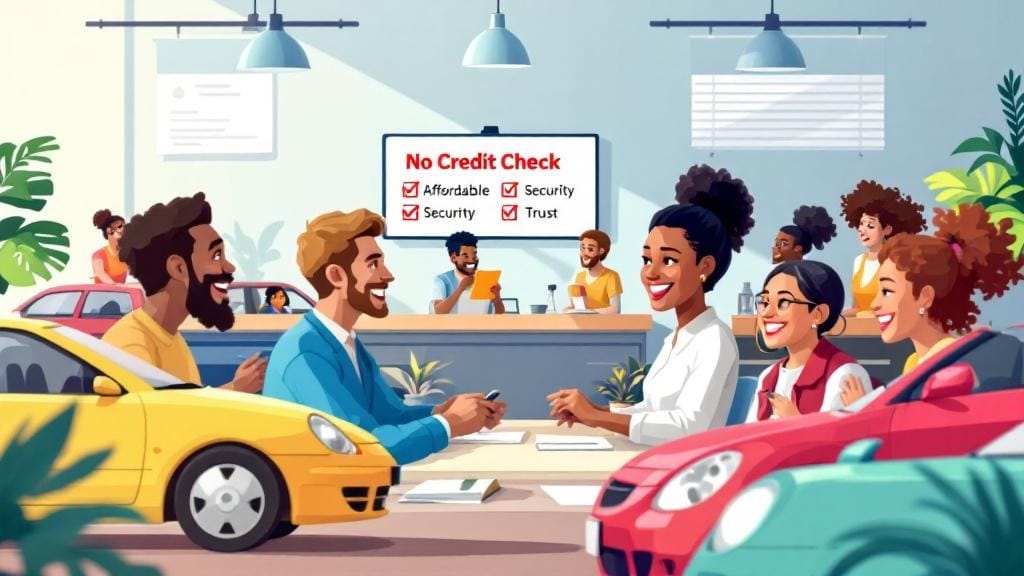If you’re feeling overwhelmed by debt, you’re not alone. Millions of homeowners across the U.S. are turning to home equity debt help as a powerful solution. Whether you’re juggling high-interest credit cards, medical bills, or personal loans, your home’s equity might be the key to gaining financial control.
In this guide, we’ll break down how to use your home equity to manage or eliminate debt, explore your options like home equity debt consolidation, refinancing, and government programs, and help you avoid common pitfalls.
What Is Home Equity and Why Does It Matter?
Home equity is the portion of your home that you truly own—the difference between your property’s market value and the balance on your mortgage. For example, if your home is worth $300,000 and you owe $200,000 on your mortgage, you have $100,000 in equity.
This equity can be leveraged in different ways to manage debt, including:
Home Equity Loans
Home Equity Lines of Credit (HELOCs)
Cash-Out Refinancing
Home Equity Debt Consolidation Programs
Why Use Home Equity for Debt Relief?
When you use home equity to pay off high-interest debt, you’re typically replacing that debt with a lower interest rate loan—which can make monthly payments more manageable and save thousands in interest over time.
Benefits of Home Equity Debt Help
Lower Interest Rates: Compared to credit cards or unsecured personal loans.
Fixed Monthly Payments: Especially with home equity loans.
Larger Loan Amounts: Depending on your available equity and debt-to-income ratio.
Debt Consolidation: Combine multiple debts into one monthly payment.
Potential Tax Deductions: Interest may be tax-deductible if used for home improvements (consult a tax advisor).
Top Ways to Use Home Equity for Debt Management
1. Home Equity Loan Debt Relief
A home equity loan gives you a lump sum that you repay over a fixed term at a fixed interest rate. It’s ideal for consolidating multiple high-interest debts like credit cards or personal loans.
✅ Best for: Those with a stable income who want a structured repayment plan.
💡 Example: Sarah had $35,000 in credit card debt with interest rates over 20%. She took a home equity loan at 7%, consolidated her debt, and cut her monthly payments in half.
2. Help with Home Equity Line of Credit (HELOC)
A HELOC works like a credit card—giving you a line of credit that you can draw from as needed, usually with a variable interest rate.
✅ Best for: Homeowners who need flexibility or want to pay off debt gradually.
⚠️ Be cautious: HELOCs may have low introductory rates that increase later. If you’re struggling with HELOC payments, look into HELOC payment help or refinancing.
3. Home Equity Debt Consolidation
Debt consolidation involves using a home equity loan or HELOC to combine all your debts into one single, manageable payment.
Benefits of home equity debt consolidation:
Simplifies your finances
May reduce total monthly payments
Improves credit score by lowering credit utilization
4. Reduce Home Equity Loan Payments Through Refinance
If you’re struggling with current payments, refinancing your home equity loan could lower your monthly burden by:
Extending the loan term
Locking in a lower interest rate
Switching from a variable to a fixed rate
Look into home equity refinance for debt relief if your current payments are unaffordable.
5. Home Equity Loan Assistance Programs
There are both private and government help with home equity debt options available, especially if you’re facing financial hardship.
Examples include:
State Housing Finance Agencies offering mortgage or equity loan assistance
Hardest Hit Fund (HHF) programs in select states
Nonprofit Credit Counseling Services that negotiate with lenders on your behalf
If you’re in distress, look into home equity loan hardship assistance before defaulting.
Real-Life Example: Using Equity to Escape Debt Spiral
Meet David, a small business owner affected by COVID-19. With $60,000 in unsecured debt and a second mortgage problem, he was barely making ends meet.
Using his $120,000 in home equity, David refinanced both his first mortgage and second mortgage into a new loan with a lower interest rate. His monthly payments dropped by $900. That freed up cash flow and allowed him to avoid foreclosure.
👉 Moral of the story: With the right strategy, home equity debt settlement or refinancing options can offer real, lasting relief.
Risks and Considerations: Is It the Right Move?
Using home equity isn’t risk-free. You’re putting your home on the line. If you default, you could face foreclosure.
Ask Yourself Before Moving Forward:
Can I realistically make the new payments?
Is the interest rate significantly lower than my current debts?
Am I using the money for debt—not luxury spending?
Do I qualify for debt relief programs as an alternative?
If the answers point toward using equity wisely, it can be a life-changing solution.
Home Equity Debt Help vs. Other Options
| Option | Best For | Risk Level |
|---|---|---|
| Home Equity Loan | Stable income, need fixed payments | Medium |
| HELOC | Variable expenses, short-term needs | Medium-High |
| Cash-Out Refinance | Want to refinance and consolidate | Medium |
| Debt Settlement | Severe hardship cases | High |
| Bankruptcy | Last resort | Very High |
Tips to Pay Off Home Equity Loan Faster
Want to reduce interest and shorten your loan term? Try these:
Make bi-weekly payments instead of monthly
Apply any extra income (bonuses, tax refunds)
Round up monthly payments (e.g., pay ₹12,000 instead of ₹11,486)
Refinance to a shorter term if affordable
FAQs About Home Equity Debt Help
1. What’s better: mortgage refinance vs. home equity loan for debt relief?
A cash-out refinance replaces your current mortgage with a bigger one and gives you the difference in cash. It’s better if you can lock in a lower interest rate. A home equity loan is a second loan in addition to your mortgage, best for those with great rates on their first mortgage.
2. Can I get government help with home equity debt?
Yes, especially if you’re facing hardship. Programs like HHF, HAMP, and local housing agencies offer financial hardship solutions to avoid foreclosure and reduce payments.
3. Is it risky to use home equity to pay off credit card debt?
It can be if you’re not disciplined. If you rack up credit card balances again after using home equity, you could end up in deeper debt—with your home on the line.
4. What’s the difference between HELOC and home equity loan?
A HELOC is revolving credit (like a credit card) with variable rates. A home equity loan is a fixed lump-sum loan with fixed payments.
5. How does my debt-to-income ratio affect home equity loan approval?
Lenders use the debt-to-income ratio (DTI) to assess if you can afford new debt. A lower DTI (ideally below 43%) boosts your chances of approval.
6. What if I can’t pay my home equity loan?
You may qualify for home equity loan assistance programs or debt settlement. Contact your lender early to explore foreclosure prevention options.
7. Can I pay off my home equity loan early without penalties?
Most lenders allow early payoff with no prepayment penalties, but always read the fine print in your loan agreement.
Final Thoughts: Is Home Equity Debt Help Right for You?
If used responsibly, home equity debt help can be a powerful strategy to regain financial control, reduce interest, and simplify your payments. But it’s not a one-size-fits-all solution.
Work with a financial advisor, compare all options—including debt consolidation loans, government assistance, and refinancing options—and consider your long-term financial goals.








Comments (0)